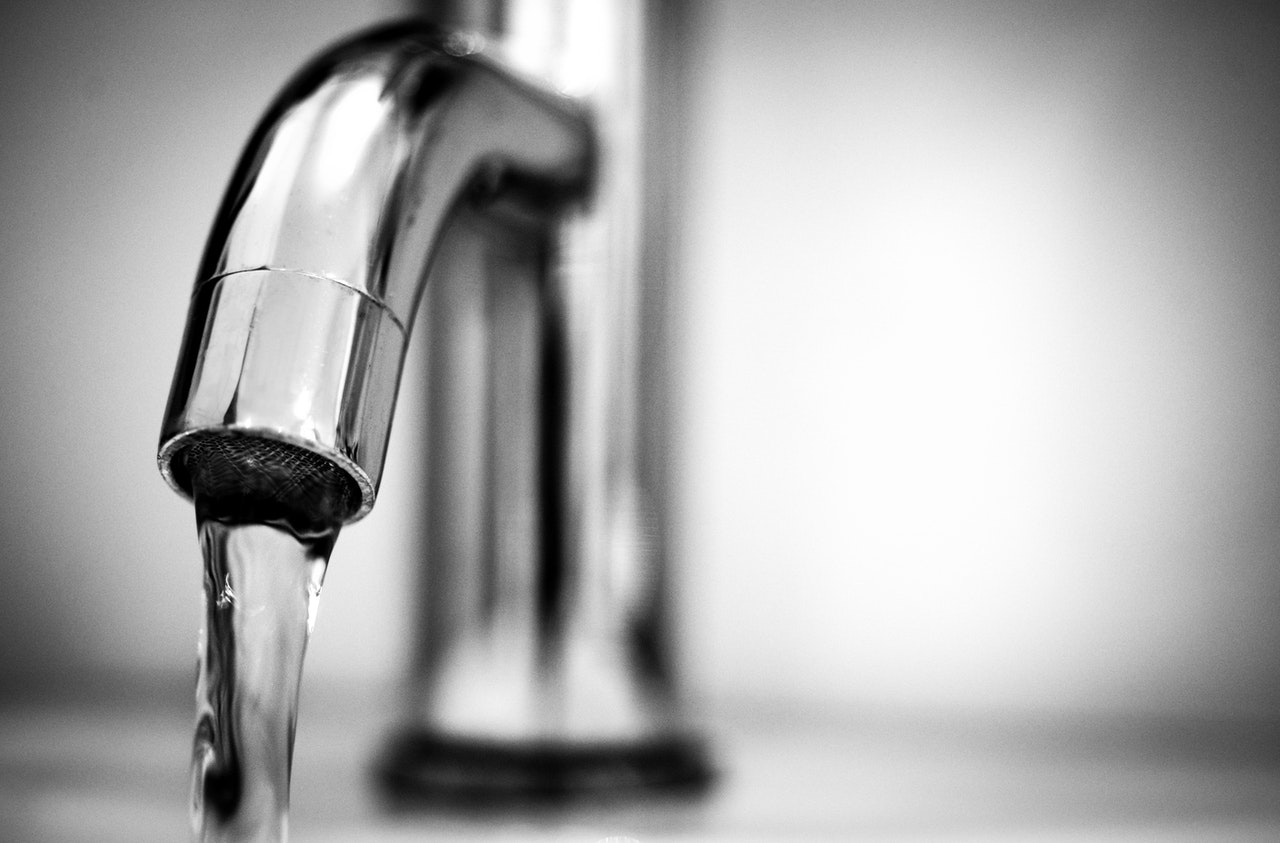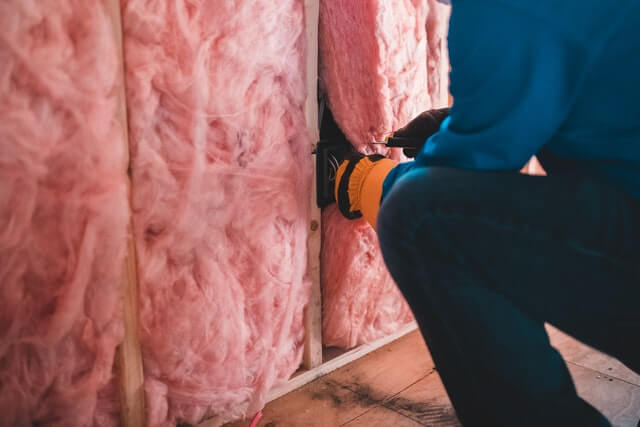Your home is a sanctuary that you can retreat to for much-needed relaxation and peace. Your place to rest and recharge needs to be taken care of to ensure there aren’t any hidden dangers that can make you sick. With some awareness and prevention, you can feel confident your home is a safe place to be. Environmental hazards aren’t always easy to spot, so read on to learn what to look for and how to prevent and fix any issues that might come to light.
Toxins

Common toxins found in many homes will vary hugely based on your location and climate, the age of your home and any water damage that has occurred. There are some that are made easier to detect because they cause more obvious symptoms in a shorter timespan and others are sneakier because their effects take time to build up and are more difficult to link to a particular place.
Carbon monoxide is talked about a lot regarding home safety, for a good reason. This odorless, colorless gas quickly becomes toxic once its concentration passes a certain level.
Radon is a radioactive gas whose prevalence and harmful effects are becoming more researched and tested. Here’s a startling stat for you – radon is second only to cigarette smoking for leading causes of lung cancer. Where does it come from? Unlike artificial substances like cigarettes or insulation that use asbestos, radon occurs naturally. It’s produced when radioactive metals like thorium, radium or uranium break down and contaminate groundwater. From there, that water seeps into homes through cracks in foundations and walls and is breathed in by unsuspecting occupants. The health impacts of radon take years to build up and cause acute symptoms, but they are serious when they rear their heads.
Areas to watch
- Fuel-burning appliances – any appliances that burn fuel can produce a significant amount of carbon monoxide. This includes furnaces, clothing dryers, boilers, water heaters, gas stoves and ovens, generators, etc.
- Areas that have had flooding or leaks – This is how radon gas finds its way into your home.
Fixes
- Have a home inspection done.
- Install a carbon monoxide detector.
- Use home testing kits.
- Install vent pipe/ fan system to direct radon out of your home.
Air

Indoor air quality is critical to good health, but it can be a sneaky one to catch! While outdoor air pollution is tough to control, you can take some easy steps to improve your indoor air quality at home. If you have mysteriously watery or itchy eyes, a stuffy nose, a persistent cough or even asthma, your air quality might be the culprit; here’s how to spot and improve poor air quality at home:
Areas to watch
- Carpets – Carpets and area rugs are notorious for harboring all sorts of irritants like dust mites, pollen and mold spores that cause allergic reactions or irritations like skin rashes, redness and sensitivity.
- Draperies and upholstery – Similar to carpets, anything that includes fabric that isn’t regularly washed can be a source of airborne allergens.
- Furnace filters – Your furnace filter is a silent hero in your home, quietly trapping dust, pet hair and dander, and mold spores so that they don’t drift around in the air and cause you trouble.
- Ducting and vents – Dust floats up and settles in your vents and ductwork and gets blown back into your home when your HVAC comes on.
Fixes
- Have your air ducts cleaned regularly and filters replaced. Having routine service and replacements can go a long way to ensuring your home is safe.
- Service your HVAC system on schedule. Do your furnace or HVAC system a favor and make sure that it’s cleaned and serviced on time! Home warranty solutions allow you to secure your major systems for needed repairs and replacement when they’ve been properly maintained.
- Open windows.
- Vacuum regularly. Regular and thorough vacuuming is a must to keep irritants down, in addition to yearly deep cleaning with a steam cleaner.
- Run an air filter and humidifier or dehumidifier. Depending on your climate and home, you might need to create a more or less humid environment to either discourage mold from growing or keep the dust down.
- Have indoor plants. Plants act as an air filter, keeping your air fresh and full of nice, healthy oxygen.
Mold

Mold and mildew can be a significant source of sickness in your home. If you or someone you live with has lower respiratory troubles like wheezing, coughing, difficulty breathing or shortness of breath, mold might be the troublemaker. It doesn’t stop there; mold can also cause other issues like skin irritations, increased likelihood of fungal infections and itchy eyes.
Areas to watch
- Kitchen – under your sink and around appliance seals are frequent fliers when it comes to creating mold.
- Bathroom – similar to your kitchen, bathrooms have lots of areas where water can leak, potentially going unnoticed and causing mold.
- Appliance drip pans – we often forget to check these, but any appliances that might have condensation, like your refrigerator, will have a drip pan.
- Areas with low airflow – basements are particular villains for mold. With cool, damp and dark areas, it’s uncommon not to find mold in basements.
- Window seals – if you live in an area that gets cold or rainy, your windows likely have condensation that drips into the tracks and can cause mold.
Fixes
- Get a home inspection. An inspector will know all the tricky places that mold can lurk and the telltale signs that the average person can easily miss.
- Use a dehumidifier in humid areas. These gadgets use minimal energy and can go a long way to keeping your more humid areas mold-free.
- Ventilate your bathroom properly. This is key! If your bathroom fan doesn’t work, fix it. It’s an unsung hero in keeping your home safe from mold, not to mention your paint and drywall in good shape.
- Make sure fabrics are dry before putting them away. Mold likes damp environments, so putting away fabrics that aren’t fully dry is asking for trouble.
- Use antifungal and antimicrobial cleaning products. Many kitchen and bathroom cleaners include these types of ingredients, with chemical-free options readily available.
Water

Water is an integral part of our daily lives, not just for hydration! Nearly every aspect of our homes sees water at some point. Lead, coliform bacteria, chlorine, arsenic and pesticides are some of the most common contaminants that have harmful effects. These compounds and bacteria can cause health issues like diarrhea, cholera, dysentery, damage to the immune and reproductive systems, cardiovascular and kidney problems, neurodevelopmental effects and Parkinson’s disease, just to name a few.
While the variety and severity of potential contaminants are serious, prevention and treatment is a well-researched area, and the solutions are readily available.
Areas to watch
- Water-related appliances and fixtures – hardness in water means a high mineral concentration in your water. This makes it prone to buildup that can cause appliances like washing machines and dishwashers to overwork and burn out more quickly.
- Old plumbing – Congress banned the installation of lead pipes in 1986 but did not require that pipes already installed be replaced. This means that if your home was built pre-1986 and hasn’t been updated, you may have lead pipes.
- Water purification systems – Residential water filters are generally used in homes that aren’t on municipal water, which is treated before getting to your home. These water purification systems use a combination of methods to purify your water, but they do need regular maintenance and replacement of parts, like UV bulbs.
Fixes
- Testing. If you’re unsure about the quality of your water or think that there may be a new source of contaminants, your best option is to have it professionally tested. Depending on your area, you can order a test kit that you receive and send a sample back for analysis. Or, for simpler tests, you can use an at-home test kit that works on the spot.
- De-scale fixtures. Hard water buildup causes taps, showerheads and appliances to work less efficiently. Like a drain with a clog, your fixtures have to work harder to get less water to you, causing unnecessary wear and tear. You can use commercial cleaners to descale, but a small bag of white vinegar secured around a showerhead with an elastic band and left overnight also works wonders.
- Consider a water filter. If you’re on municipal water, you likely don’t need a home water purification system. However, you can still benefit from a water filter on your kitchen tap or a water pitcher that includes a filter.
Taking some time to assess the safety of your home environment can have far-reaching positive impacts on your household. Follow our easy steps to keep your home safe, and worst case, you’ll be confident in knowing that your home was safe all along, and best case, you’ll find that some mystery symptoms might clear right up!




